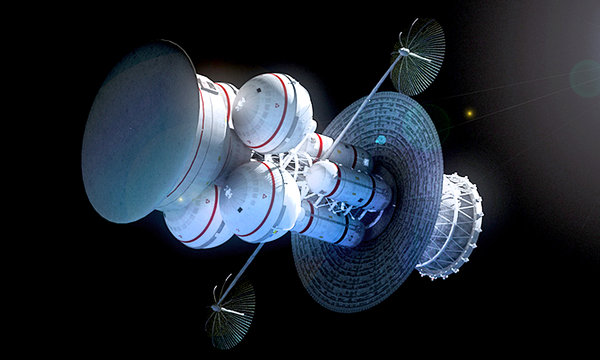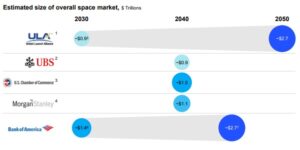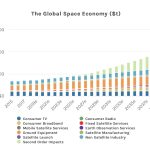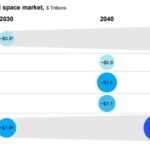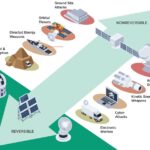100 Year Starship Initiative and UC Irvine Researchers Partner with Orbital Assembly Corporation to Study Gravity and Human Health Aboard Space Habitats
Orbital Assembly Corporation (OAC), the only company advancing the development and operation of the first commercially viable, space-based business park with gravity, is partnering with the 100 Year Starship initiative, seed-funded by DARPA, founded and led by former astronaut, Dr. Mae Jemison. University of California Irvine professor Ronke Olabisi, Ph.D. will also collaborate on the study of Gravity and Human Health Aboard Space Habitats.
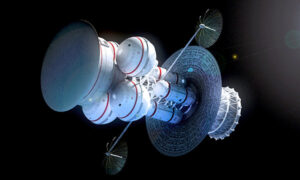 “100 Year Starship is a multidisciplinary initiative dedicated to fostering the capabilities for interstellar travel and OAC is uniquely focused on the production of habitats with artificial partial gravity which will be necessary to achieve that,” Dr. Jemison says. “This collaboration, beginning with an initial research grant funded by OAC, can contribute to a broader understanding of health, wellness and optimizing operations in space, an area of growing importance.”
“100 Year Starship is a multidisciplinary initiative dedicated to fostering the capabilities for interstellar travel and OAC is uniquely focused on the production of habitats with artificial partial gravity which will be necessary to achieve that,” Dr. Jemison says. “This collaboration, beginning with an initial research grant funded by OAC, can contribute to a broader understanding of health, wellness and optimizing operations in space, an area of growing importance.”
“It is a significant milestone for OAC to work with Dr. Jemison, and her organization to give us further insights and first-hand knowledge of the health and practical challenges of space habitation,” says Orbital Assembly CEO Rhonda Stevenson. “Dr. Jemison has contributed significantly to the space industry as well as countless areas in medicine and research and we look forward to ongoing projects that combine our interest and business focus.”
Dr. Ronke Olabisi, a biomedical engineering professor and researcher at UC Irvine who is involved with 100 Year Starship, will collaborate with Dr. Jemison and OAC. Her lab is currently researching tissue engineering and regenerative medicine for wound healing, musculoskeletal tissue replacement, and retinal repair for losses due to age, injury, disease, disuse, or space flight.
The Orbital Assembly Corporation is investigating the potential and feasibility of space stations capable of providing variable gravity,” says Olabisi. “If successful, this would significantly impact human space travel as microgravity affects every physiological system in the body. For instance, astronauts currently returning to Earth from long-duration missions are carried from the spacecraft because significant muscle atrophy, neurovestibular and cardiovascular system changes make them likely to suffer orthostatic intolerance — passing out when standing. A space station with gravity might eliminate these problems. Further, habitats with gravity could facilitate interplanetary travel by mitigating this risk and that of abnormal fractures due to bone calcium loss at the destinations. In addition to human health, many different industries are finding microgravity conducive to new manufacturing techniques. The ability to “select” a gravity might add more to their manufacturing toolkit. I’m excited to see what is possible.”
Orbital Assembly Corporation (OAC) headquartered in “Rocket City” Huntsville Alabama, is the only company advancing the development and operation of the first commercially viable space-based business park with gravity that will enable humanity to work, play and thrive in the space ecosystem. Commercialization of these space parks will include manufacturing of integrated circuits, photonics, fiber optics, satellite rework, military applications, biomaterials, organ growth, and pharmaceuticals. The company will also provide communications hubs and opportunities for space tourism.
The growth of these space ecosystems and commercial space stations will pave the way for more space tourism and for the advancement of commercial spaceflight technology similar to the aviation boom of the 1930s.
